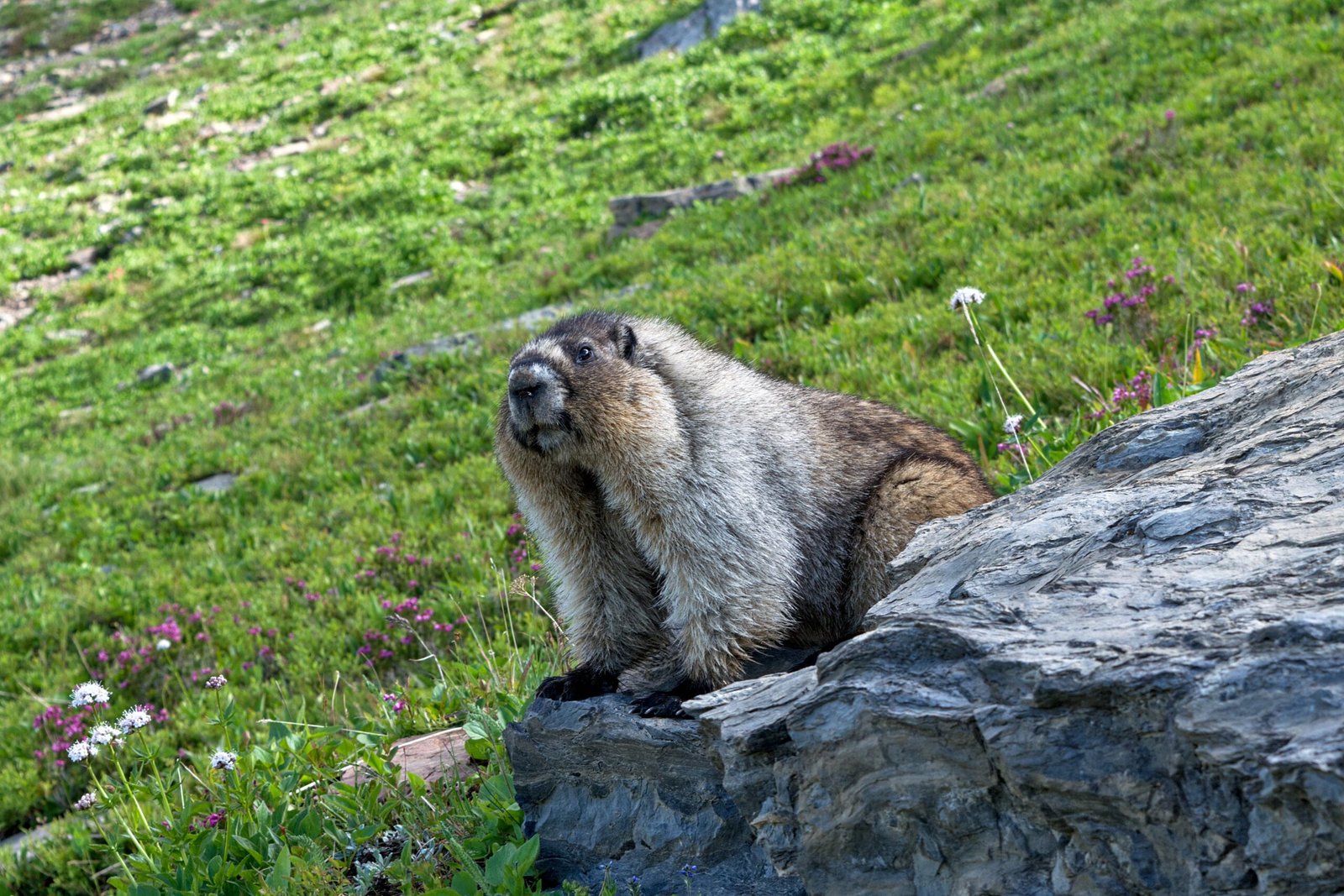Glacier National Park’s bear policy focuses on visitor safety and wildlife conservation. The park is home to nearly 1,000 bears, including black bears and grizzlies. Key aspects of the policy include carrying EPA-approved bear spray, maintaining safe distances from bears, proper food storage, and following specific protocols for bear encounters. The National Park Service strongly recommends these measures to ensure both human and bear safety while preserving the natural ecosystem.
What Are the Core Components of Glacier National Park’s Bear Policy?

Glacier National Park’s bear policy is designed to protect both visitors and the park’s bear population. The policy encompasses several key areas:
- Bear spray recommendations and regulations
- Wildlife management practices
- Bear encounter protocols
- Hiking and camping safety guidelines
Let’s delve into each of these components to understand the comprehensive approach taken by the park.
Why Is Bear Spray Crucial in Glacier National Park?

Bear spray is a critical tool for visitor safety in Glacier National Park. Here’s why it’s so important:
- Effectiveness: Bear spray is considered the most effective deterrent against bear attacks.
- Non-lethal: It aligns with the park’s conservation goals by providing a non-lethal means of protection.
- Park Recommendation: The National Park Service strongly recommends carrying EPA-approved bear spray.
Bear Spray Regulations and Usage
To ensure proper use of bear spray, visitors should follow these guidelines:
- Carry only EPA-approved bear spray
- Keep the spray easily accessible (e.g., in a belt or chest holster)
- Practice using the spray before heading out on trails
- Use only when a bear is charging or attacking
How Does Glacier National Park Manage Its Bear Population?
Glacier National Park employs various wildlife management practices to maintain a healthy bear population while ensuring visitor safety:
- Population Tracking: The park uses DNA sampling and other methods to monitor bear numbers.
- Habitat Preservation: Efforts are made to protect natural bear habitats and food sources.
- Human-Bear Conflict Prevention: Strict food storage regulations and visitor education programs are in place.
Bear Diet and Behavior
Understanding bear behavior is crucial for effective management:
| Bear Type | Primary Diet | Behavior |
|---|---|---|
| Black Bears | Vegetation, berries, insects | Generally shy, may be more adaptable to human presence |
| Grizzly Bears | Vegetation, berries, small mammals | More aggressive, especially when surprised or with cubs |
What Should Visitors Do During a Bear Encounter?
In the event of a bear encounter, visitors should follow these steps:
- Stay calm and assess the situation
- Maintain a safe distance of at least 100 yards (91 meters)
- Back away slowly if too close
- Prepare bear spray if the bear approaches
- As a last resort, play dead for grizzly attacks or fight back for black bear attacks
Reporting Bear Sightings
Visitors are encouraged to report all bear sightings to park rangers. This helps the park:
- Track bear movements
- Identify potential problem areas
- Adjust management strategies as needed
How Can Visitors Stay Safe While Hiking and Camping in Bear Country?
To ensure safety while enjoying Glacier National Park, visitors should adhere to the following guidelines:
Hiking Safety Tips
- Make noise to avoid surprising bears
- Hike in groups when possible
- Carry bear spray and know how to use it
- Stay alert and watch for bear signs (tracks, scat, digging)
Camping Precautions
- Store food and scented items properly (use bear-resistant containers or hang food)
- Cook and eat away from your tent
- Keep a clean campsite
- Never feed wildlife
What Are the Consequences of Violating Bear Policies in Glacier National Park?
Violating bear policies in Glacier National Park can have serious consequences:
- Fines: Visitors may face monetary penalties for not following food storage regulations or approaching bears too closely.
- Park Expulsion: Severe or repeated violations may result in being asked to leave the park.
- Legal Action: In cases where negligence leads to harm to bears or other visitors, legal action may be taken.
Importance of Compliance
Adhering to bear policies is crucial for:
- Protecting visitors from potential bear attacks
- Preserving the natural behavior of bears
- Maintaining the ecological balance of the park
How Does Glacier National Park Educate Visitors About Bear Safety?
Glacier National Park employs various methods to educate visitors about bear safety:
- Visitor Centers: Information displays and ranger talks on bear safety
- Trail Signage: Warning signs and information boards at trailheads
- Online Resources: Comprehensive bear safety information on the park’s official website
- Ranger Programs: Guided hikes and educational sessions focusing on wildlife safety
Bear Safety Resources
| Resource Type | Description | Availability |
|---|---|---|
| Brochures | Detailed bear safety information | Visitor centers, entrance stations |
| Videos | Bear encounter simulations and safety tips | Online, visitor center displays |
| Ranger Talks | Live presentations on bear behavior and safety | Scheduled at various locations in the park |
By implementing these comprehensive policies and educational initiatives, Glacier National Park strives to create a safe environment for both visitors and bears, ensuring the preservation of this unique ecosystem for future generations.
References:
1. https://www.nps.gov/articles/bearsprayfirearms.htm
2. https://www.glacierparkcollection.com/glacier-national-park/stories/bears-in-glacier-national-park/
3. https://www.nps.gov/glac/planyourvisit/bears.htm